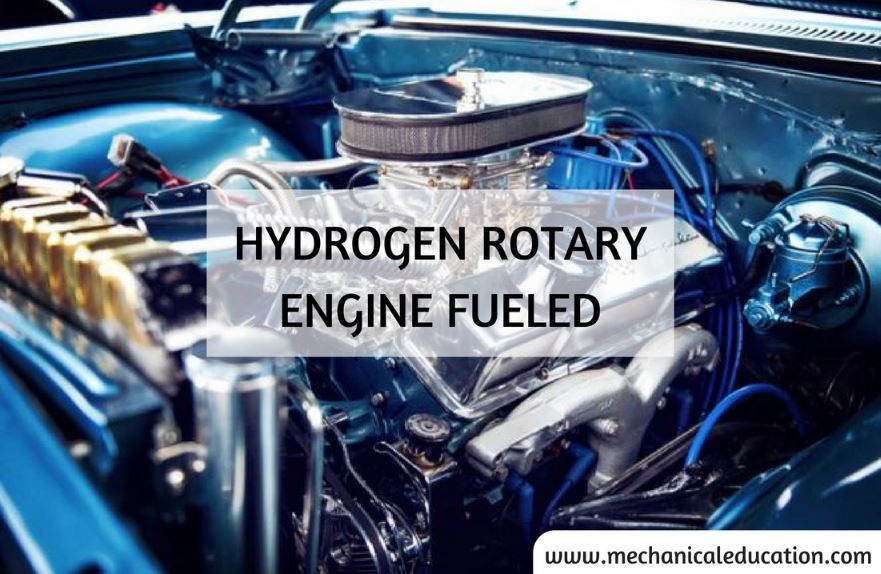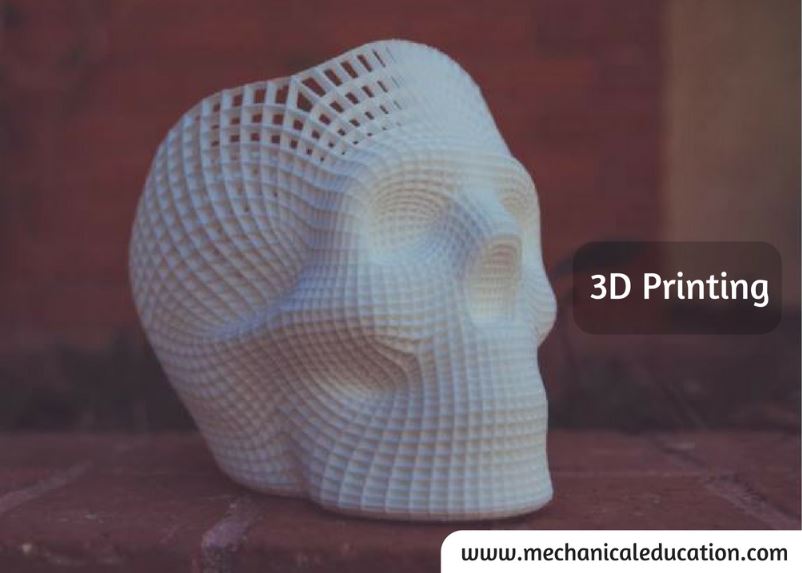When comparing riveted and welded joints, there are several factors to consider, including strength, cost, , durability, ease of assembly, and repairability.
Strength:
In terms of strength, welded joints are generally stronger than riveted joints. This is because welding creates a continuous bond between the two pieces of metal, whereas riveting involves connecting the pieces through multiple small connections. However, the strength of a riveted joint can be increased by using more rivets or larger rivets.
Cost:
In terms of cost, riveted joints are generally less expensive than welded joints. This is because riveting requires less specialized equipment and can be done more quickly than welding. However, the cost of rivets and the labor required to install them can add up if many rivets are needed.
Durability:
In terms of durability, welded joints are generally more durable than riveted joints. This is because welded joints create a continuous bond that is less prone to fatigue and stress than a series of small connections created by rivets. However, if a welded joint is exposed to high stress or heat, it may become brittle and prone to cracking.
Ease of Assembly:
In terms of ease of assembly, riveted joints are generally easier to assemble than welded joints. This is because riveting can be done with relatively simple tools and does not require as much skill as welding. Additionally, riveting can be done in the field, while welding generally requires specialized equipment and a controlled environment.
Repairability:
In terms of repairability, riveted joints are generally easier to repair than welded joints. This is because rivets can be removed and replaced relatively easily, while repairing a welded joint may require cutting out the damaged section and rewelding a new section in place.
In conclusion, both riveted and welded joints have their advantages and disadvantages, and the choice between the two will depend on the specific requirements of the application. Welded joints are generally stronger and more durable, but they are also more expensive and difficult to repair. Riveted joints are generally less expensive and easier to assemble and repair, but they may not be as strong or durable as welded joints.
Frequently Asked Questions
1. What is the primary difference between riveted and welded joints?
The main difference lies in the method of joining. Riveted joints use metal fasteners called rivets, while welded joints involve fusing the materials using heat and creating a molten pool that solidifies.
2. Which joint type, riveted or welded, is stronger?
Welded joints are generally considered stronger because the welding process creates a continuous and homogenous connection between the materials, whereas riveted joints rely on discrete fasteners.
3. What are the advantages of using riveted joints?
Riveted joints offer good load-carrying capacity, ease of inspection, and the ability to join materials with different thicknesses. They also allow for disassembly if needed.
4. Are there limitations to using riveted joints?
Yes, riveted joints can be time-consuming to assemble, and the process may weaken the materials due to the creation of holes for rivet placement. They are also more prone to corrosion in the long run.
5. What are the advantages of using welded joints?
Welded joints provide a seamless and strong connection, reducing the need for additional fasteners. They are generally quicker to produce, and the welded area often retains more of the material’s original strength.
6. Are there any drawbacks to using welded joints?
Welding can introduce residual stresses and distortions to the material. Additionally, achieving high-quality welds requires skilled labor and proper equipment.
7. Which joint type is more cost-effective, riveted, or welded?
In many cases, welded joints tend to be more cost-effective due to the efficiency of the welding process. However, the specific application and material requirements can influence the overall cost.
8. Can riveted and welded joints be used interchangeably in all applications?
No, the choice between riveted and welded joints depends on factors such as the type of materials being joined, the load-bearing requirements, production efficiency, and the need for disassembly.
9. Do riveted joints require routine maintenance?
Yes, riveted joints may require periodic inspection for signs of corrosion or loosening. If maintenance is neglected, the joint’s integrity can be compromised over time.
10. Which joint type is more adaptable to modern manufacturing processes?
Welded joints are often more adaptable to modern manufacturing processes, especially in automated production lines. They allow for faster and more efficient fabrication compared to the manual assembly required for riveted joints.




